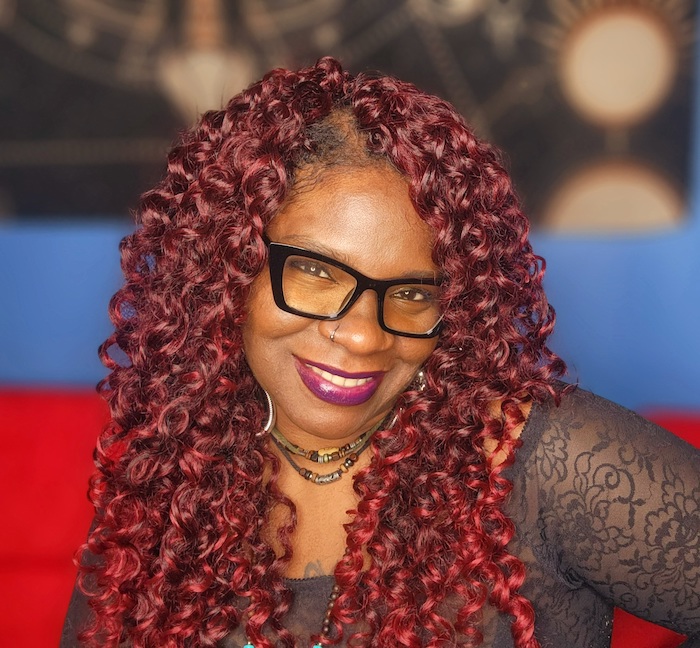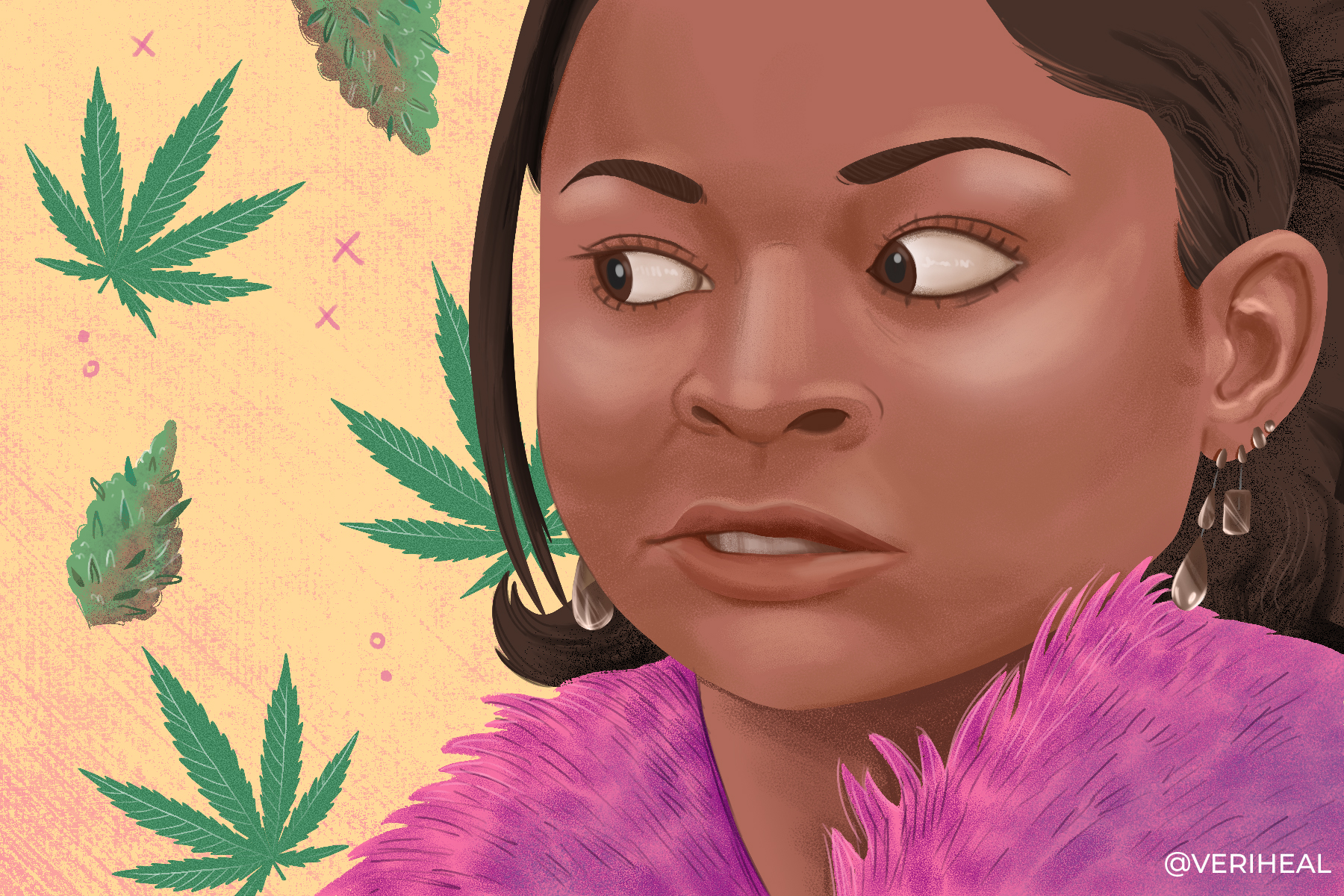There’s quite a bit of research supporting cannabis’ effectiveness in reducing anxiety. But did you know that certain strains can actually make your anxiety worse? In this blog post, we’ll explore some of the most popular strains to steer clear of if you don’t want to end up a nervous wreck after your marijuana consumption.
The Complex Relationship Between Cannabis and Anxiety
It has always been unclear how cannabis directly impacts anxiety, yet it remains one of the most common conditions for which cannabis can provide relief. However, according to a 2020 study published in Journal of Translational Medicine, there is evidence that while cannabis can alleviate anxiety, in contrast, it can also exacerbate it.
Some researchers believe this occurs because the primary active ingredients in cannabis, tetrahydrocannabinol (THC) and cannabidiol (CBD), effectively reduce anxiety at low doses but worsen the condition at higher doses. To avoid triggering anxiety during cannabis use, here are 10 popular strains to avoid (in no particular order).
Trainwreck
Users managing anxiety should avoid using Trainwreck, at least in higher doses, because it might cause anxiety-inducing effects.
THC levels are high in this sativa-dominant strain, and people with anxiety may not enjoy Trainwreck’s headrush. However, there are also reviews of this strain that suggest it is a good choice for those who suffer from anxiety, proving that strains can affect people differently.
Green Crack
As the name suggests, this sativa strain is not for those prone to anxiety. The THC content of Green Crack is about 19%, and its CBD content is about 0.14%. It is renowned for its energizing and cerebral effects, which can be overwhelming for some people, while for some people, it reportedly can increase euphoria, focus, and productivity.
Tangerine Dream
This sativa-dominant hybrid has an unmistakable taste. Those who use it will enjoy the strain’s citrusy flavor and its uplifting, well-balanced high, which will keep them both mellow and alert. However, for anxiety-prone folks, racing thoughts and jitters may occur. To keep anxiety in check, stick to a low microdose of this strain or avoid it altogether.
Jack the Ripper
Jack the Ripper (JTR) is an energetic sativa strain that anxiety sufferers should also avoid. The THC content of this strain is about 20%, making it highly potent. Since this strain contains a high amount of THC, it may result in disorientation, paranoia, and anxiety.
Nonetheless, there have been reports of people using JTR to cope with anxiety. As with similar strains, it may be best to consume JTR in low doses to benefit from its anxiety-relieving effects.
Girl Scout Cookies
The Girl Scout Cookies (GSC) hybrid is an indica-dominant strain with a substantial sativa component. With a THC level of up to 28%, this strain is among the most potent strains available for cannabis consumers. As a hybrid strain, it offers the best qualities of both sativas and indicas, resulting in an intense, happy, euphoric high and promoting a feeling of physical relaxation.
Why You Should Get Your Medical Marijuana Card
Veriheal has satisfied millions of patients nationwide by giving them access to these benefits
- Larger purchase limits
- Peace of mind
- Enhanced legal protection
- Access to higher potency strains
- Save up to 25% on cannabis purchases
- Skip the line at the dispensary
If used in high doses, GSC might cause a head rush that is not good for those managing anxiety. Panicky thoughts can arise from using it, leading to paranoia and an unpleasant experience, as it has properties that might enhance introspection. Rehashing the highs and lows of the past and imagining what lies ahead aren’t necessarily the best thoughts to dwell upon if you’re hoping to tackle anxiety.
Similar to JTR, others have reported relief from anxiety when using GSC. Consequently, to keep anxiety at bay, be sure to dose GSC appropriately.
Alaskan Thunderfuck (ATF)
Users of ATF may experience enhanced mind-altering effects similar to those caused by psychedelics. Originally cultivated in Alaska’s Matanuska Valley, this infamous sativa strain is often associated with a heightened sense of alertness. High doses of ATF are not recommended for people who are managing anxiety due to the possible paranoia related to the inquisitive and thought-provoking high it produces.
Durban Poison
Originally from Durban, a South African port city, this pure sativa strain is highly regarded for its energetic, uplifting effects and sweet aroma. As a result, many report Durban Poison as the ideal strain to aid productivity, producing a high described as stimulating, similar to Adderall, a medication to treat ADHD. However, for those susceptible to anxiety, it is advisable to avoid taking this strain in high doses.
Willie Nelson
Known for its hard-hitting sativa-dominant effects, Willie Nelson is no joke. Best known for producing a euphoric, creative high, the strain contains a high percentage of THC, currently testing at around 22%. Additionally, it’s also effective at alleviating nausea. However, high doses can exacerbate anxiety symptoms if not dosed appropriately due to the strain’s potent THC content.
White Widow
The White Widow strain is a widely popular marijuana bud, but it’s not the best choice for those who suffer from anxiety. White Widow is a uniquely balanced hybrid first developed in the Netherlands. It has a high content of THC and tends to be highly psychoactive, which can intensify anxiety symptoms and feelings of panic and fear. So, if you’re looking to relax and take the edge off, White Widow is probably not the best strain for you.
Grandaddy Purple
Grandaddy Purple (GDP) marijuana strain is one of the best-selling strains in North America. It is a potent indica-dominant hybrid with multiple benefits, including relaxation, pain relief, happiness, and inducing sleep. However, GDP can also be notoriously intense, making it an undesirable choice for people who suffer from anxiety. The high can be overwhelming, causing paranoia and panic attacks. In addition, the strain is notorious for its couch-locking effects, which can make it difficult to escape a bad trip.
Final Takeaway
If you’re looking for the best strains of cannabis that won’t trigger your anxiety, it’s crucial to keep a few things in mind. Dosage is often more influential than strain in many cases. Therefore, a good rule of thumb is to avoid cannabis strains high in THC if you suffer from anxiety. Low-THC marijuana can reduce anxiety quite effectively, while higher doses tend to exacerbate it.
Start by microdosing and increase gradually until you find the sweet spot for your needs. And if you need any help along the way, Veriheal’s virtual team of experts is always just a click away. Ready to get started? Connect with us today to apply for a medical marijuana card.
Note: The content on this page is for informational purposes only and is not intended to be professional medical advice. Do not attempt to self-diagnose or prescribe treatment based on the information provided. Always consult a physician before making any decision on the treatment of a medical condition.
Author, Share & Comments
















